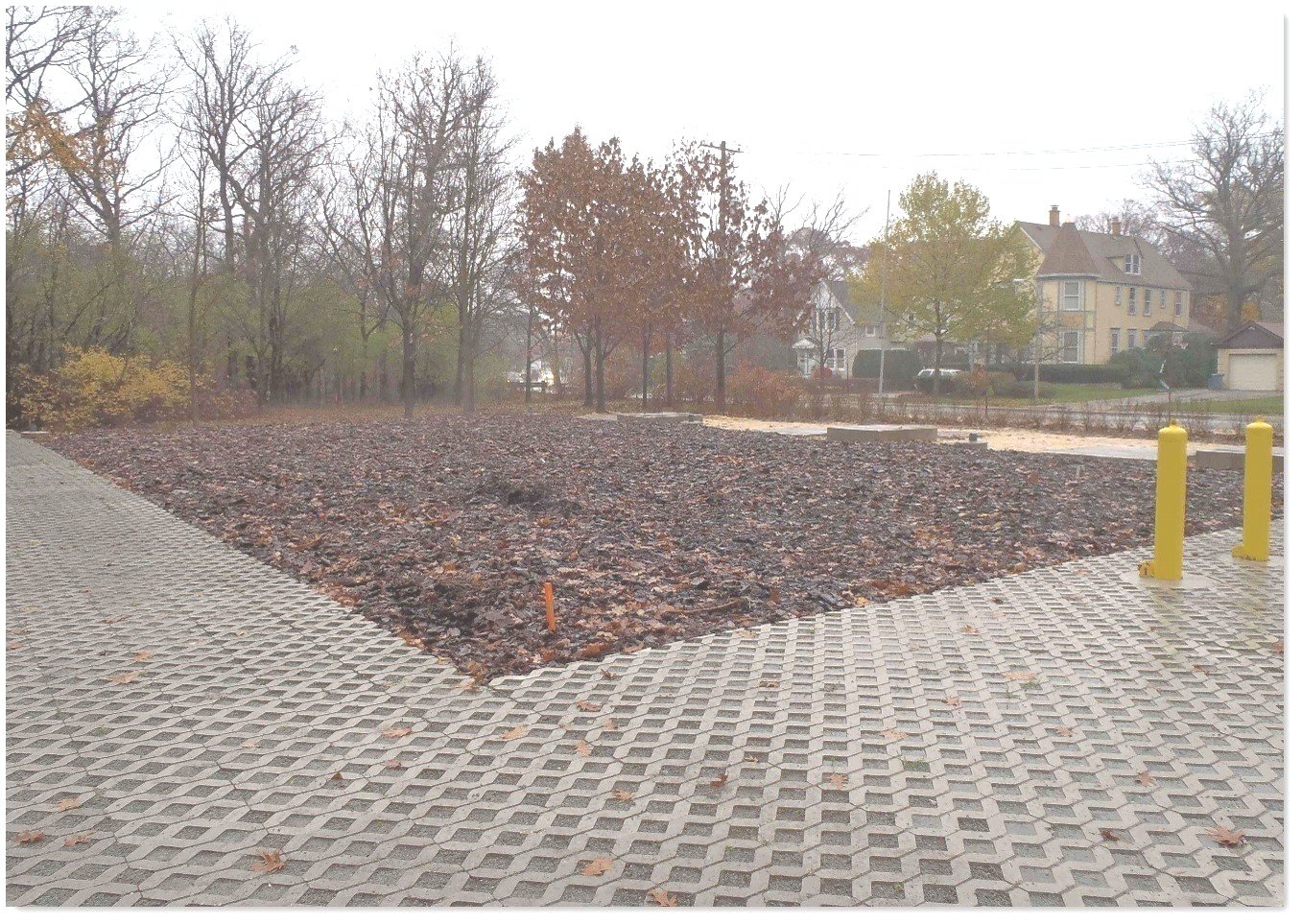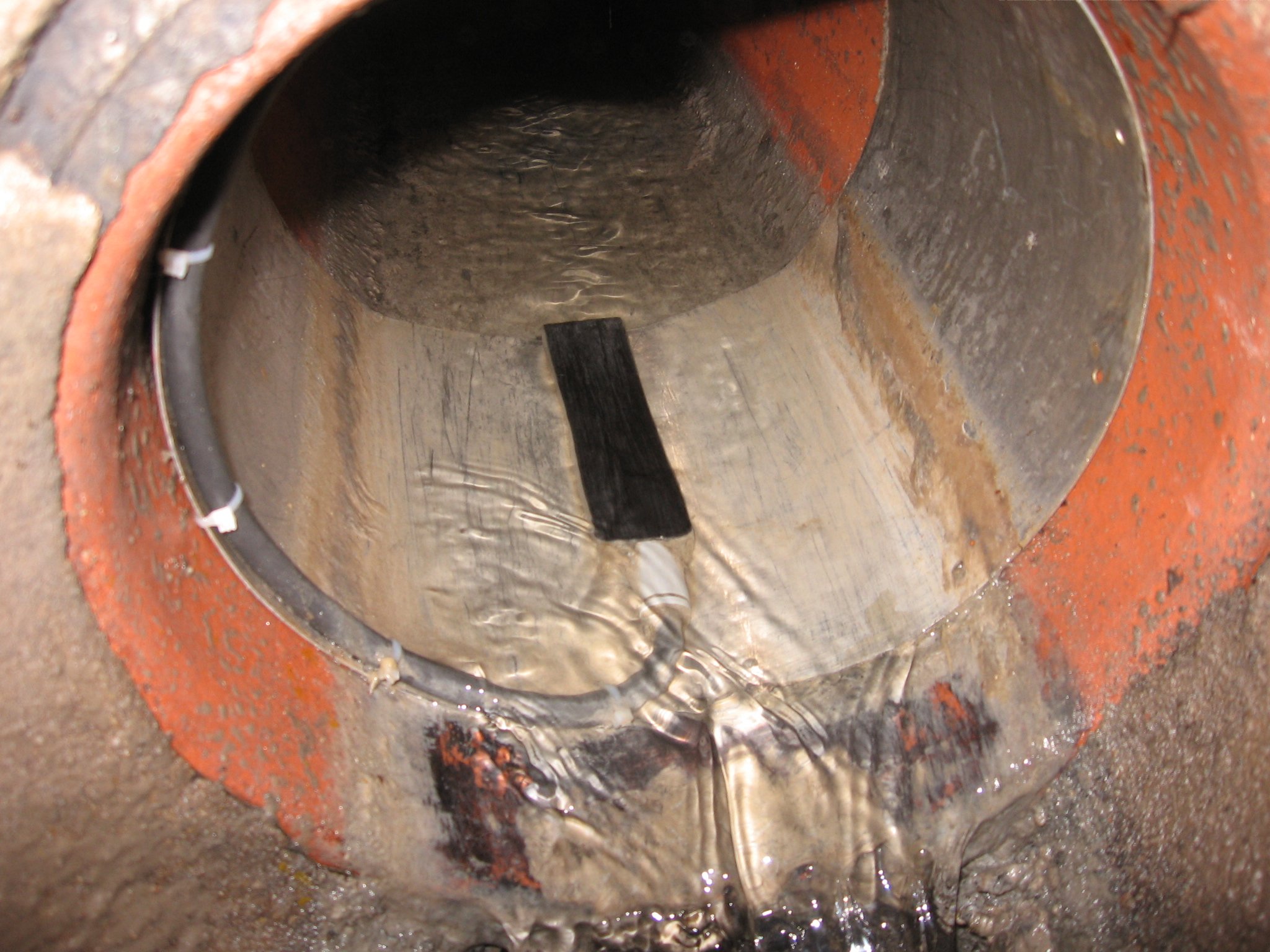The old adage “preparation is key” couldn’t ring truer when applied to protective coatings in the corrosion prevention, water, and wastewater industries. Whether safeguarding a water storage tank against the elements or enhancing the lifespan of wastewater treatment process equipment, applying protective coatings is only as effective as the surface preparation performed before it is applied. V&A’s new blog post discusses the significance of surface preparation and provides an overview of industry standards. Protective coatings offer the first line of defense against the harmful effects of a corrosive environment on infrastructure.
The Science Behind Foul Odor Emissions in Sewer Collection Systems
V&A’s newest blog article dives into the scientific details surrounding foul odor emissions in sewer collection systems. While the topic may not be the most glamorous, understanding the science behind foul odor generation and its release is crucial for developing and implementing odor control solutions. This informative article sheds light on ventilation dynamics that influence the dispersion and intensity of foul odors, explaining how airflow patterns and environmental conditions within sewer pipes contribute to the release of malodorous compounds.
The Significance of Study Duration in Sewer Flow Monitoring Programs
V&A’s latest blog article unravels the critical role of study duration in sewer flow monitoring programs. From hydraulic modeling and RDII analysis to compliance monitoring, we explore why the clock matters in understanding the operation of sewer systems. In wastewater infrastructure management, sewer flow monitoring programs are a critical tool for assessing the functionality and efficiency of sewer systems. A key parameter influencing the precision and reliability of these programs is the duration over which monitoring takes place.
This article explains why study duration is pivotal in extracting meaningful insights. From the nuanced calibration requirements of hydraulic models to the meticulous analysis of Rainfall-Dependent Infiltration and Inflow (RDII), the time-based scope of monitoring programs is a decisive factor in informing data-driven decision-making for sustainable sewer system operation.
Confined Space Entry Cost for Condition Assessment of Municipal Infrastructure Can Be Influenced by Various Factors
Mitigating Wastewater Odors: What are my Options?
Wastewater odor issues are typically the result of hydrogen sulfide (rotten egg odor), H2S, produced within the wastewater during conveyance or treatment. H2S can wreak havoc in wastewater treatment systems as it leads to infrastructure corrosion, worker safety issues, and public odor complaints. To address these issues in public wastewater systems, owners and operators need to identify the source of the H2S and other odorous compounds and implement appropriate odor control measures. A comprehensive odor control strategy begins with an odor investigation to characterize the odor and identify the source. Once the odor sources are identified and clear treatment objectives are established, odor control strategies can be designed and implemented.
Metallic Corrosion: Methods for Assessing Structure Condition
Metallic surfaces and structures commonly found in the water and wastewater industry include pipelines, gates, treatment plant basins, reinforcing steel embedded in concrete structures, access lids, and steel tanks. Metallic assets are critical components of water and wastewater systems; however, these assets are susceptible to corrosion which can be detrimental to system operations.
Engineers employ various methods to prevent electrochemical reactions from causing corrosion damage to metallic surfaces. Regular intervals of condition assessment are critical to evaluating metallic structure assets to identify and counteract corrosion before it becomes a costly and devastating problem.
What's That Smell? Investigating Wastewater Odors
A comprehensive odor control strategy begins with an odor investigation to characterize the odor and identify the source. This article provides a high-level overview of a typical odor investigation approach.
Investigating offensive wastewater odors ensures that you are being a good neighbor, providing a safe work environment, and protecting critical infrastructure from corrosion caused by hydrogen sulfide. The sooner odor issues are addressed, the more cost-effective and impactful the solutions can be.








